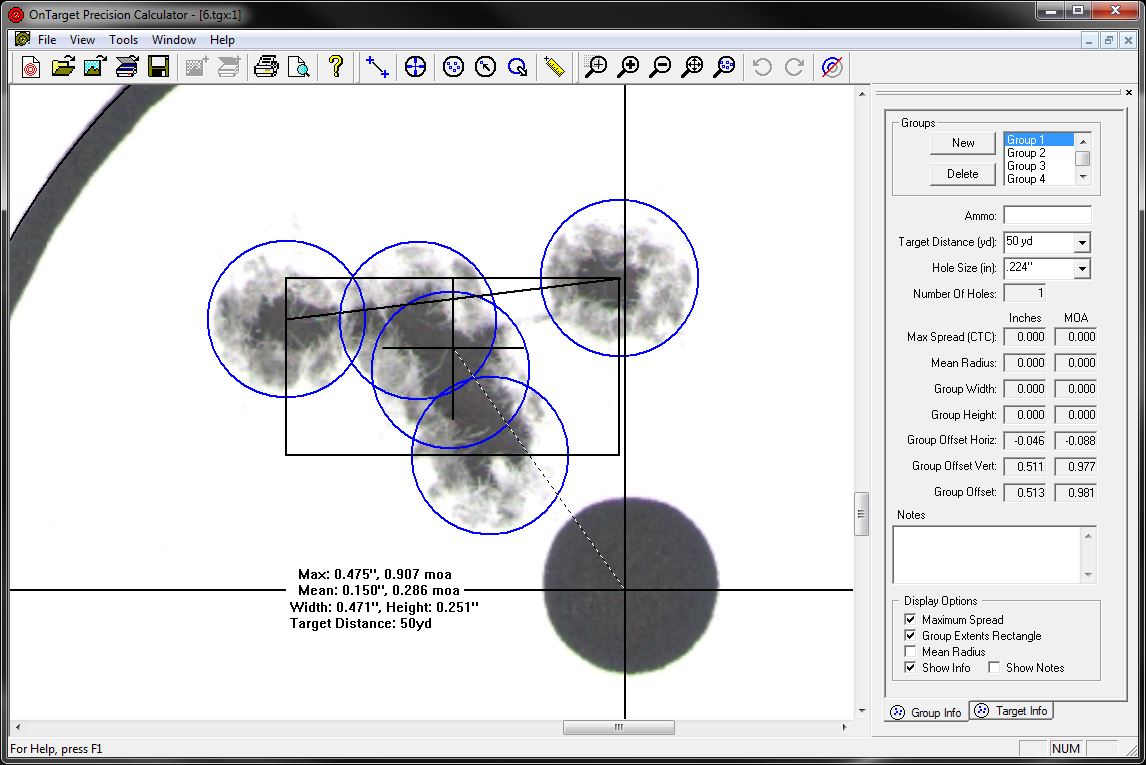I admit this may be a dumb question.... but just what is the "official" way of measuring a group size?
Do you measure the distance between the two most separate shots in the group? If so, do you measure center hole to center hole or do you measure from the outside edges of those two most distant holes?
Just want to know how to do it correctly.....
Thanks
Do you measure the distance between the two most separate shots in the group? If so, do you measure center hole to center hole or do you measure from the outside edges of those two most distant holes?
Just want to know how to do it correctly.....
Thanks


Comment